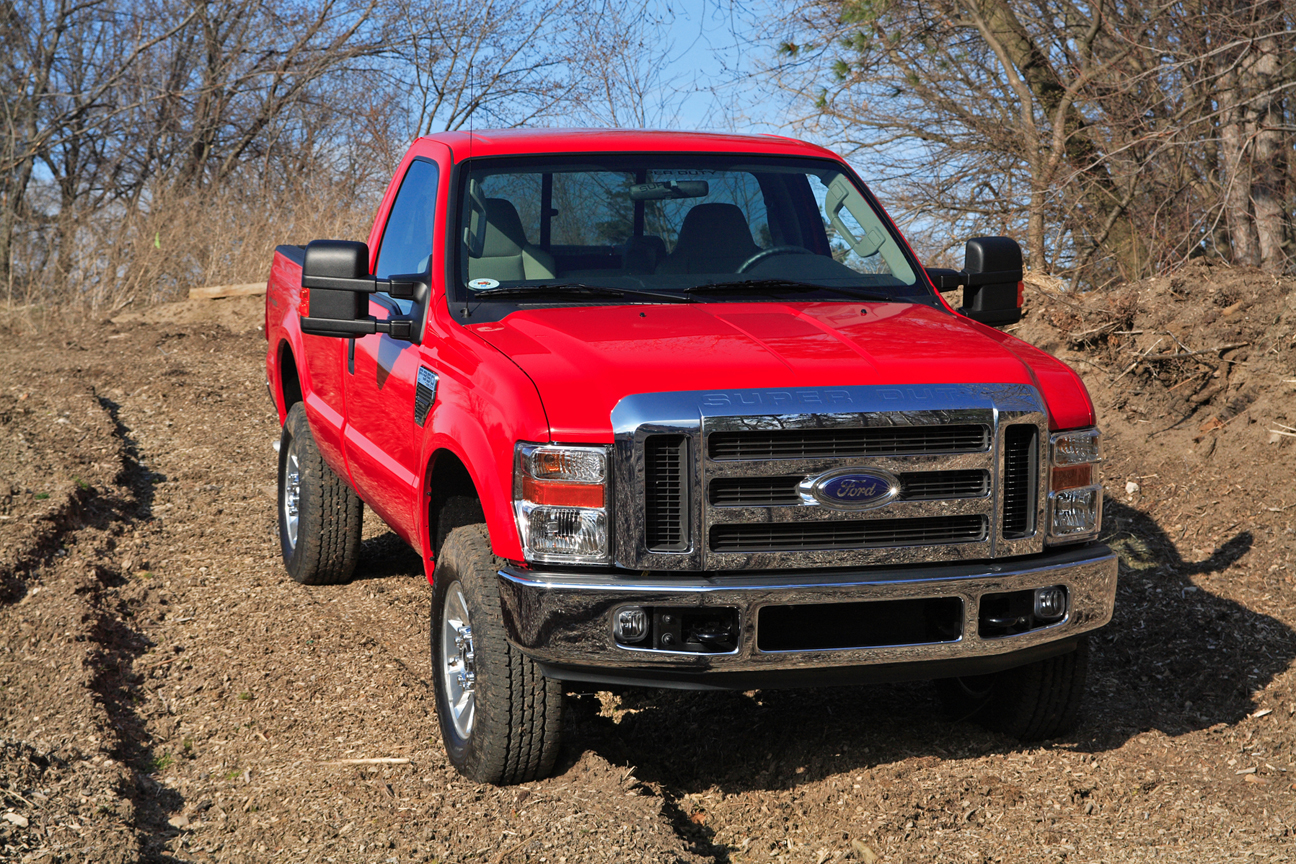The Ford F-350 Super Duty is not just any truck; it’s a formidable heavy-duty hauler that’s engineered to tackle tough workloads and withstand rugged terrains. When considering the formidable 2017 Ford F-350 Super Duty, one critical aspect that’s often overlooked is its curb weight. Understanding curb weight is essential for prospective buyers and truck enthusiasts alike, as it influences everything from towing capacity to fuel efficiency. In this comprehensive exploration, we will delve into the intricacies surrounding the 2017 Ford F-350 Super Duty’s curb weight, providing valuable insights for potential owners.
What is Curb Weight?
Curb weight refers to the total weight of a vehicle when it is not loaded with cargo or passengers but includes all fluids necessary for operation, such as fuel, oil, and coolant. This metric is crucial as it establishes a baseline for determining how much additional weight a vehicle can carry—this includes cargo, passengers, and towing loads. For the 2017 Ford F-350, curb weight can vary based on the configuration chosen, including engine type, drivetrain, and additional features. Knowing the curb weight helps in understanding the truck’s overall performance capabilities.
The Weight Variance in the 2017 Ford F-350 Super Duty
The 2017 Ford F-350 is available in several configurations, affecting its curb weight significantly. Generally, the curb weight across different trims can range from approximately 6,000 to 8,000 pounds. For instance, a standard dual rear wheel (DRW) model will weigh more than a single rear wheel (SRW) version due to the additional components necessary to support larger wheel configurations. Options such as the engine type—whether the powerful 6.2L V8 or the robust 6.7L Power Stroke Turbo Diesel—also play a crucial role in determining curb weight. Inevitably, the choice of cab style (regular, crew, or super cab) further contributes to these weight differences.
The Implications of Curb Weight on Performance
The curb weight of the 2017 F-350 Super Duty has profound implications for its performance metrics. Heavier vehicles can have an advantage when it comes to stability and ride control, especially when loaded with cargo or while towing. However, this added weight can also lead to increased fuel consumption. When under load, the engine requires more power to propel the vehicle, affecting overall efficiency. The intricate balance between curb weight and payload capacity dictates the operational limitations of the truck, making it essential for owners to be acutely aware of these dynamics before making a purchasing decision.
Engine Options and Their Effect on Curb Weight
The 2017 F-350 Super Duty offers a variety of engine options, influencing both power outputs and curb weight. The 6.2L gas V8 engine, while robust, tends to keep curb weights lower compared to its diesel counterpart. On the other hand, the 6.7L Power Stroke Turbo Diesel not only offers enhanced torque and horsepower but also contributes to an increase in overall vehicle weight. Potential buyers must weigh their priorities—whether they value torque output for towing or prefer maximizing fuel efficiency. Ultimately, this choice plays a pivotal role in the truck’s curb weight, impacting towing capabilities and day-to-day usability.
Impact on Towing Capacity
The renowned towing capabilities of the F-350 Super Duty stem directly from its design, which is influenced by its curb weight. Heavier vehicles typically offer enhanced towing capacities; however, this relationship holds true only if the truck is adequately equipped to handle the load. The 2017 Ford F-350 Super Duty impressively achieves a maximum towing capacity of up to 32,000 pounds when properly equipped. Understanding the curb weight allows owners to make informed decisions regarding their towing needs, ensuring they remain within safe limits during operation. Effective weight management leads to improved stability, especially when navigating inclines or uneven surfaces.
Load Management and Curb Weight
For anyone utilizing the 2017 F-350 Super Duty for work, understanding load management is imperative. This entails recognizing not only the curb weight but also the Gross Vehicle Weight Rating (GVWR). The GVWR denotes the maximum allowable weight of the vehicle including cargo, passengers, and trailer tongue weight. By staying mindful of both the curb weight and the GVWR, truck owners can optimize their loading strategies, promoting safety and efficiency. It is critical to remember that exceeding the GVWR can lead to detrimental effects on vehicle performance and safety.
Conclusion
The 2017 Ford F-350 Super Duty epitomizes strength and capability in the heavy-duty truck market. Understanding its curb weight is not simply a matter of numbers; it informs potential owners about what to expect in terms of performance, towing capacity, and overall usability. Whether you are hauling construction materials or towing a trailer for recreation, the insights into curb weight, engine choices, and load management can empower users to utilize the capabilities of this robust vehicle to its fullest potential. As the demand for heavy-duty trucks continues to rise, knowledge of these specifications becomes invaluable for making informed decisions that cater to both work and lifestyle needs.
